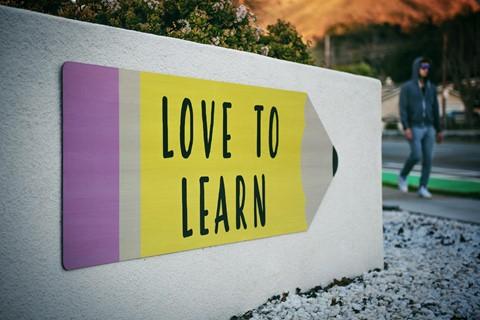You must have already heard or read about learning styles before. If you haven’t, well, it is a theory that gained popularity in the1970s about how everyone has different methods they prefer of learning and understanding new information.
Since this theory started gaining popularity, parents allover the world have started looking into the different learning styles to determine and assess what their child’s preferred learning style is. Some children like to learn by listening, some prefer learning through watching, and some by reading. Every student process information differently. What works for one person might not work for someone else.
Identifying your child’s learning style can be immensely helpful in your homeschooling. Knowing how your kid takes in and processes information and then planning out their curriculum with their learning style in mind can help your children achieve the goals you or they have for themselves. Sometimes, you might have to combine, mix, and match these learning styles to create the perfect learning method for your children.
Here are a few of the most common learning styles most children fall into. Go through all these learning styles and assess which style suits your child best. The right learning style could make a massive difference in your child’s learning and studying abilities.
Popular and Common Learning Styles
Visual Learners
Visual or spatial learners, as the name suggests, are those who like to learn by looking at, watching, and observing things. Use videos, diagrams, pictures, and other ‘visual’ methods to help these children learn and process information better. These children are usually into art and can be found doodling and sketching.
Auditory Learners
Auditory or aural learners best process and understand information through listening and talking about the specific subject. These learners love group discussions and back-and-forth lectures. These learners are usually musicians or singers and are known to be easily distracted. These kinds of learners like to use repetition to learn.
Kinesthetic Learners
Kinesthetic or ‘physical’ learners are those children who learn best through hands-on learning. They tend to understand and process information through the tactile representation of information. Kinesthetic learners usually have sports as a huge part of their lives and are outgoing and energetic. Using props and experiments is an excellent way to get them to learn.
Solitary Learners
Solitary or intrapersonal learners can prefer any of the learning styles mentioned above. The only difference is that they prefer to be left alone to learn. Solitary learners are usually self-aware, independent, and like to stay away from crowds and groups. It can be challenging for these students in a classroom, but homeschooling is preferable for them. It is best to assign them some work and to leave them alone to let them focus on whatever task is at hand.
Every Child Is Different
All children have their personal preferences. Some children are extroverted, and some are introverted. Some might need practical examples and experiments to help them understand, and some might have an easier time just working with theoretical material. No one learning style works for everyone and sticking to a single learning style for your child will be detrimental too.
Learning styles can change over time. As your child grows and evolves, so does their preferred learning style. You must continuously examine and evaluate your child’s learning strengths and weaknesses and adapt as time goes on.

